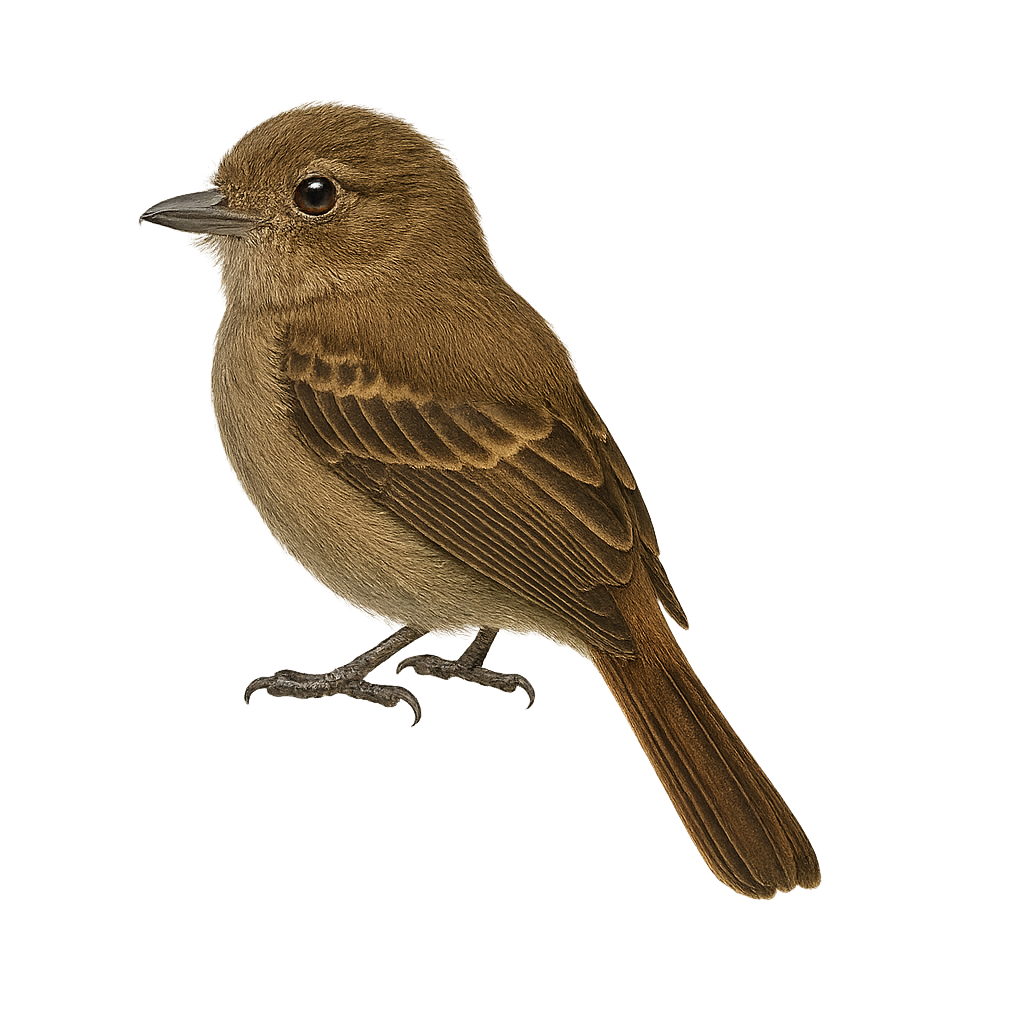Your wildlife photography guide.
Explore the brown-winged schiffornis in detail, study its behavior, prepare your shots.
Where to observe and photograph the brown-winged schiffornis in the wild
Learn where and when to spot the brown-winged schiffornis in the wild, how to identify the species based on distinctive features, and what natural environments it inhabits. The WildlifePhotographer app offers tailored photography tips that reflect the brown-winged schiffornis’s behavior, helping you capture better wildlife images. Explore the full species profile for key information including description, habitat, active periods, and approach techniques.
Brown-winged Schiffornis
Scientific name: Cnipodectes subbrunneus

IUCN Status: Least Concern
Family: TYRANNIDAE
Group: Birds
Sensitivity to human approach: Suspicious
Minimum approach distance: 10 m
Courtship display: February to March
Incubation: 17-19 jours
Hatchings: February to April
Habitat:
Humid tropical forests, forest edges
Activity period :
Primarily active during the day, with peak activity in the morning and late afternoon.
Identification and description:
The Brown-winged Schiffornis is a discreet and little-known bird belonging to the Tyrannidae family. It is mainly found in the humid tropical forests of Central and South America, where it blends in easily with its reddish-brown plumage. This bird measures about 16 to 18 cm in length and primarily feeds on insects caught in flight. It is often heard before being seen, thanks to its melodious and repetitive song. Although difficult to spot, it plays an important role in the ecosystem by controlling insect populations. Its ability to blend into its environment makes it fascinating for ornithologists and nature enthusiasts.
Recommended lens:
400 mm – adjust based on distance, desired framing (portrait or habitat), and approach conditions.
Photography tips:
To photograph the Brown-winged Schiffornis, it is advisable to use a telephoto lens of at least 400mm to capture precise details without disturbing the bird. Look for it in humid tropical forests, listening for its distinctive song to locate it. Be patient and discreet, as this bird is suspicious and easily hides in dense foliage. Prefer early morning hours to benefit from soft and natural light.
The WildlifePhotographer App is coming soon!
Be the first to explore the best nature spots, track rutting seasons, log your observations, and observe more wildlife.
Already 1 432 wildlife lovers subscribed worldwide

